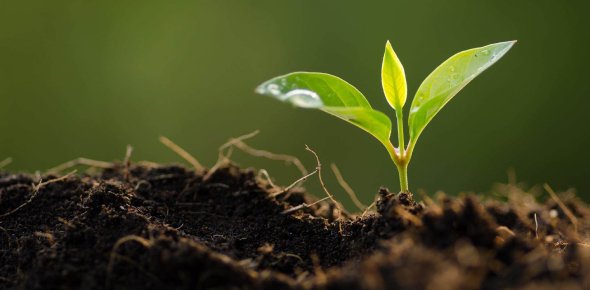
by Shaun Chamberlin | Dec 7, 2009 | All Posts, Climate Change, Favourite posts, Peak Oil
The above ‘Carbon IQ test’ is an excellent way of exploring how much you know about the carbon cycle, and what that means for viable solutions to our climate challenge. Have a go at it before checking out the information...



Recent Comments